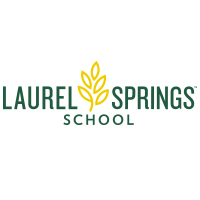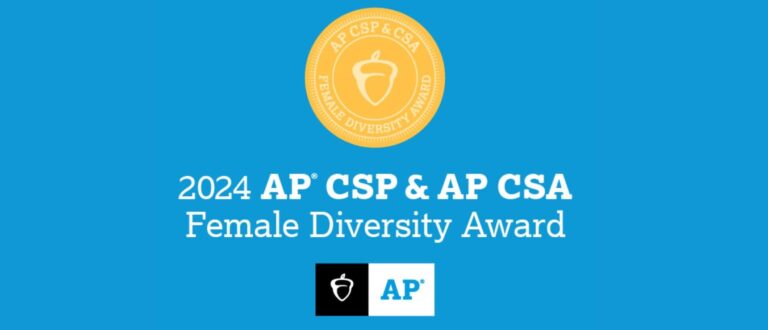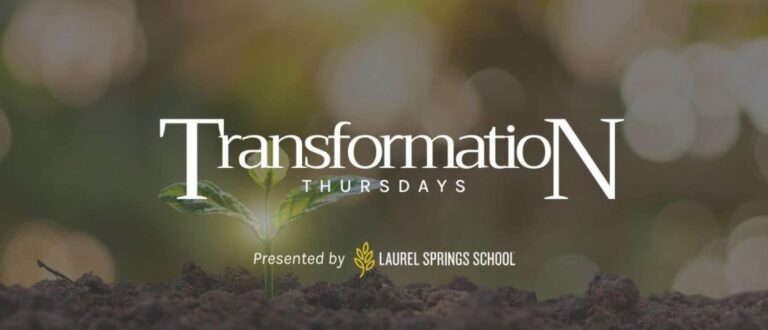From our homes to our technology to our sub sandwiches, people prefer many elements of life to be personalized. Education is no exception. Your child’s K-12 path and pace can be as tailored as their favorite six-inch cold cut, inspiring personal and academic growth and mastery. Students today have options for in-person school, online learning, or a hybrid of the two. Exclusively online schools are likely to provide asynchronous learning in addition to or in replacement of traditional synchronous classes. At many institutions, learners can fill their schedules with advanced placement and accelerated courses, or go for more independently-paced approaches.
What does this mean for your student? How can you ensure your child’s education fits the identified benchmarks as well as their overall goals, passions, and desires for their future as well? There are multiple types of learning to consider, from flipped classrooms to mastery-based curricula to experiential learning models to asynchronous formats, and more. In some cases, these types may be parallel to each other, but in others, you may find similarities and overlaps. Your student’s premier educational experience may include more than one approach to learning happening simultaneously.
If you want to dive into experiential learning, we’ve already covered this approach of experiencing, reflecting, thinking, and acting in a previous blog. This time, we are going to explore the concept of mastery-based learning, the benefits of this approach, and how Laurel Springs School supports mastery-based learning through a self-paced model.
What is mastery-based learning?
Imagine being in the shoes of a student who soars in mathematics, but not so much in chemistry. In a traditional classroom setting, this student may get frustrated at the relatively slow pace in the math classroom. Because of their abilities, they could easily and successfully surge ahead in the course material if left to their own pace, but they are stuck learning at a pace that suits the average student rather than the individual.
On the other hand, the pace of the chemistry class may be equally frustrating for the same student. Because this subject is not their strong suit, this student may feel that they frequently miss out on the opportunity to study, absorb, and develop a deep understanding of each chemistry module in order to keep up with the pace of the class.
This is where mastery-based learning helps students thrive. After first gaining popularity in the 1960s, this teaching style has reclaimed the spotlight as technology and connectivity advancements allow for more individualized learning. It fosters the idea that students can—and should—move at their own pace. Simply put, mastery-based learning is a teaching approach that requires students to demonstrate a thorough understanding of a module or subject before moving on to the next module or subject in the curricular progression.
Self-paced learning benefits all students
What advantages does the mastery-based learning approach offer? There are many:
Both advanced learners and students who need extra time are supported by this model
Because students move at their own pace, each individual is allowed more space and time to engage with their coursework in a way that’s lasting and impactful and less rushed or strained.
Students graduate from courses with a strong foundational knowledge on which they can build and expand their learning
Rote memorization, cramming, and info-dumping can drag down the learning process and hinder true retention and understanding. When students are challenged to not only know a solution to a problem but also justify their solution and explain the context, they are proving their grasp of the subject before moving on to something new. The added element of reflection promotes cognitive development in the learning routine.
The metric of success is reinvented
In mastery-based learning, students are encouraged to “fail forward,” meaning mistakes on the first try are not shamed. Rather, they are used as opportunities to reflect, improve, and develop determination and grit. This model puts less emphasis on a letter grade and more on progress.
Self-advocacy and independence are promoted
This form of self-paced learning promotes flexibility and accountability in a student’s schedule and enables a 1:1 teacher-to-student model where educators can engage with students individually as they are learning. Because they are encouraged to take stock of their own progress and reflect on their own readiness, students advocate for themselves by asking to retry materials or get further instruction to reinforce concepts.
Mastery-based learning at Laurel Springs School
When online, asynchronous, and mastery-based learning styles are combined, your child receives an education optimized for them. This is exactly the type of education we offer at Laurel Springs School—a learning approach acknowledging the pace and experience of the individual, not what works best for students en masse.
Our curriculum meets the unique needs of each student as they progress from the introduction of concepts to mastery, from one grade level to the next. This approach recognizes students as individuals, allowing them the flexibility to thrive in their own ways. To learn more about how your student can optimize their learning with Laurel Springs and how our mastery-based approach can support them each step of the way, register for one of our upcoming virtual open houses!






